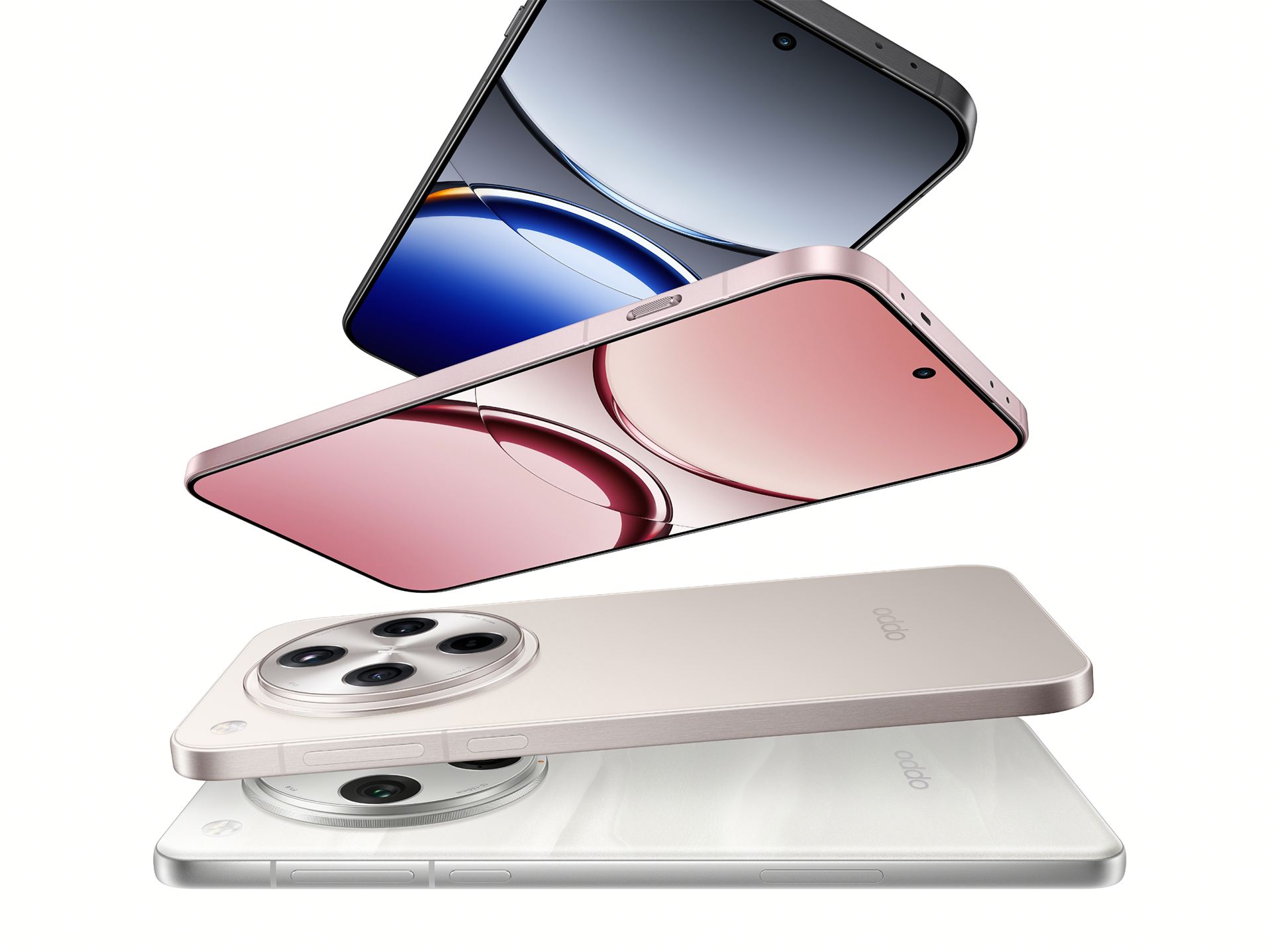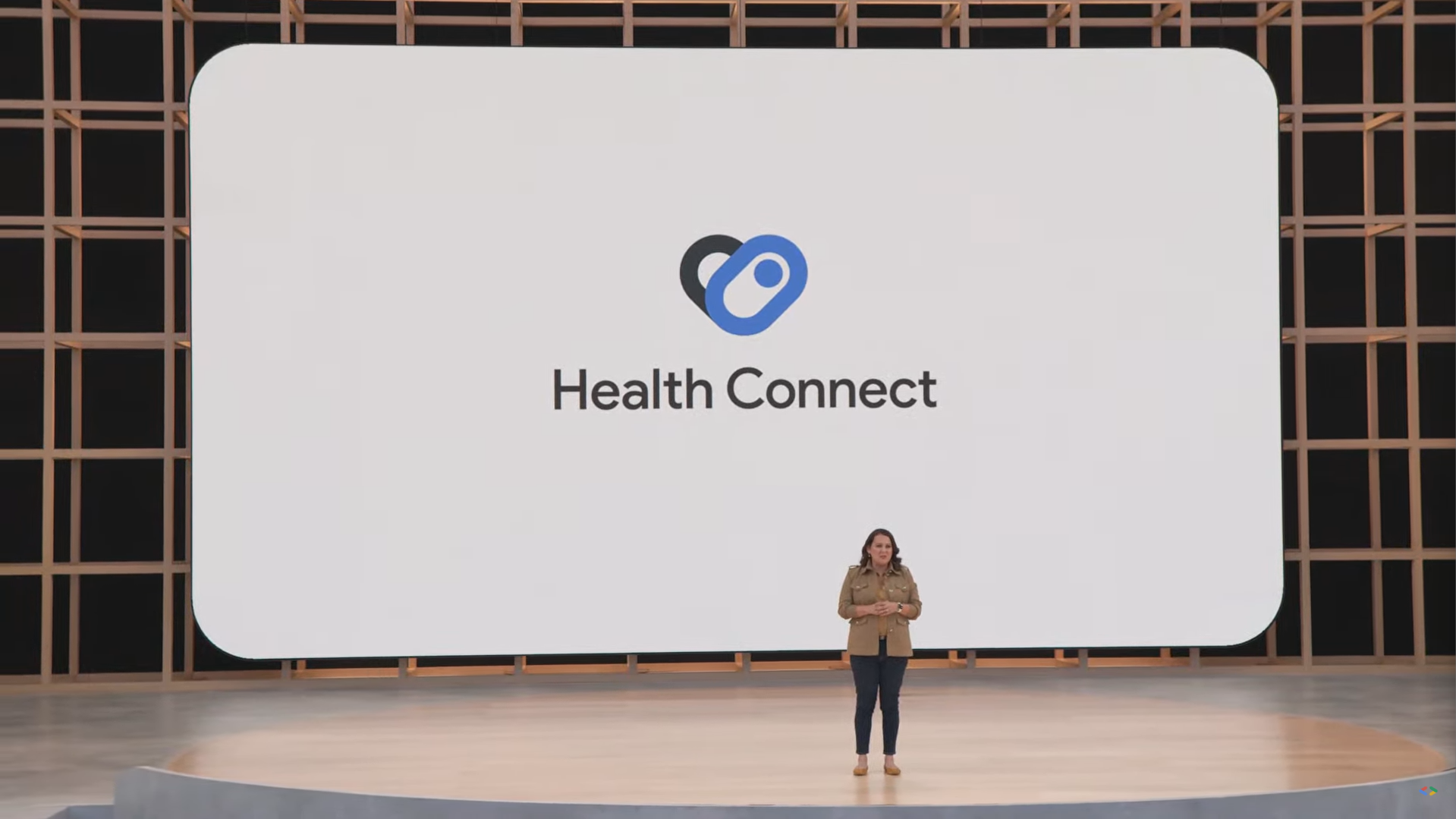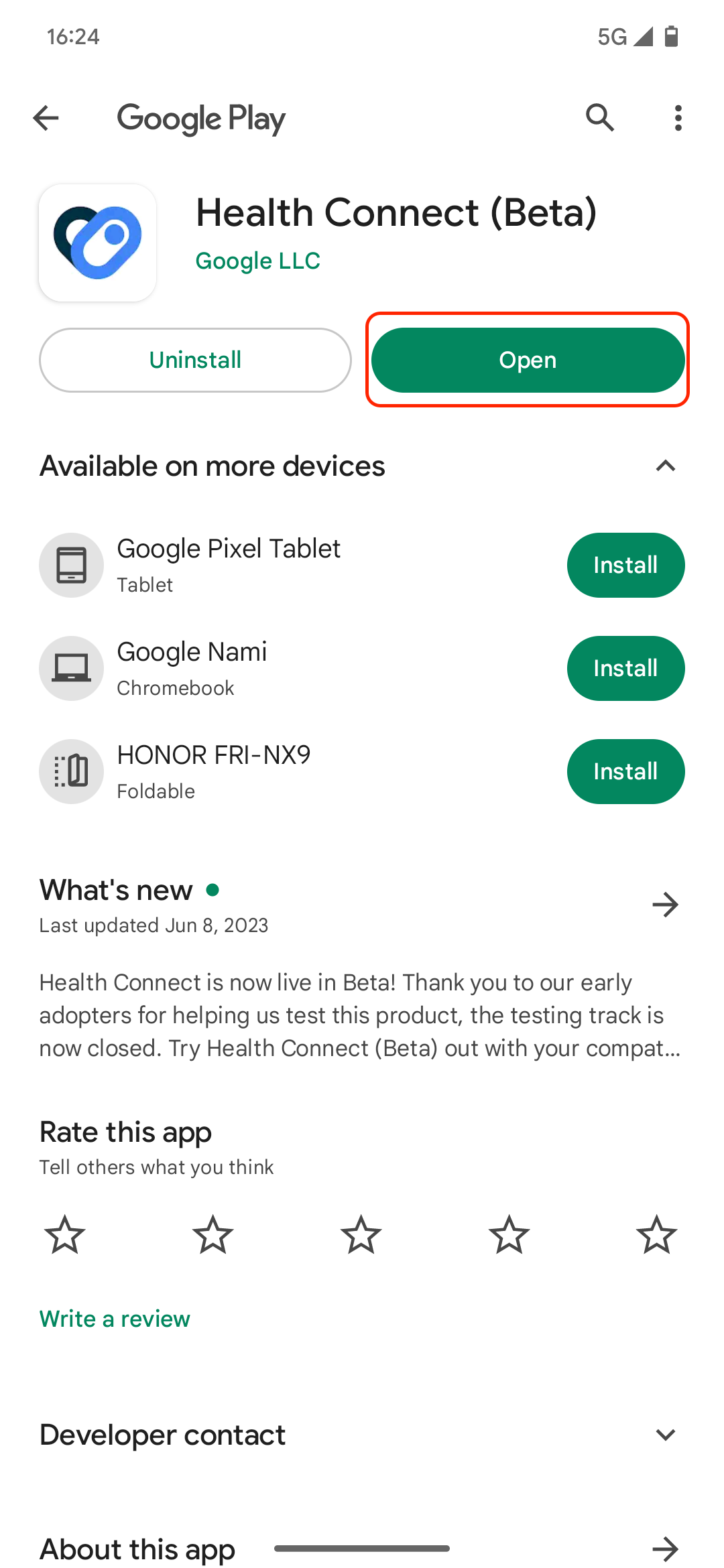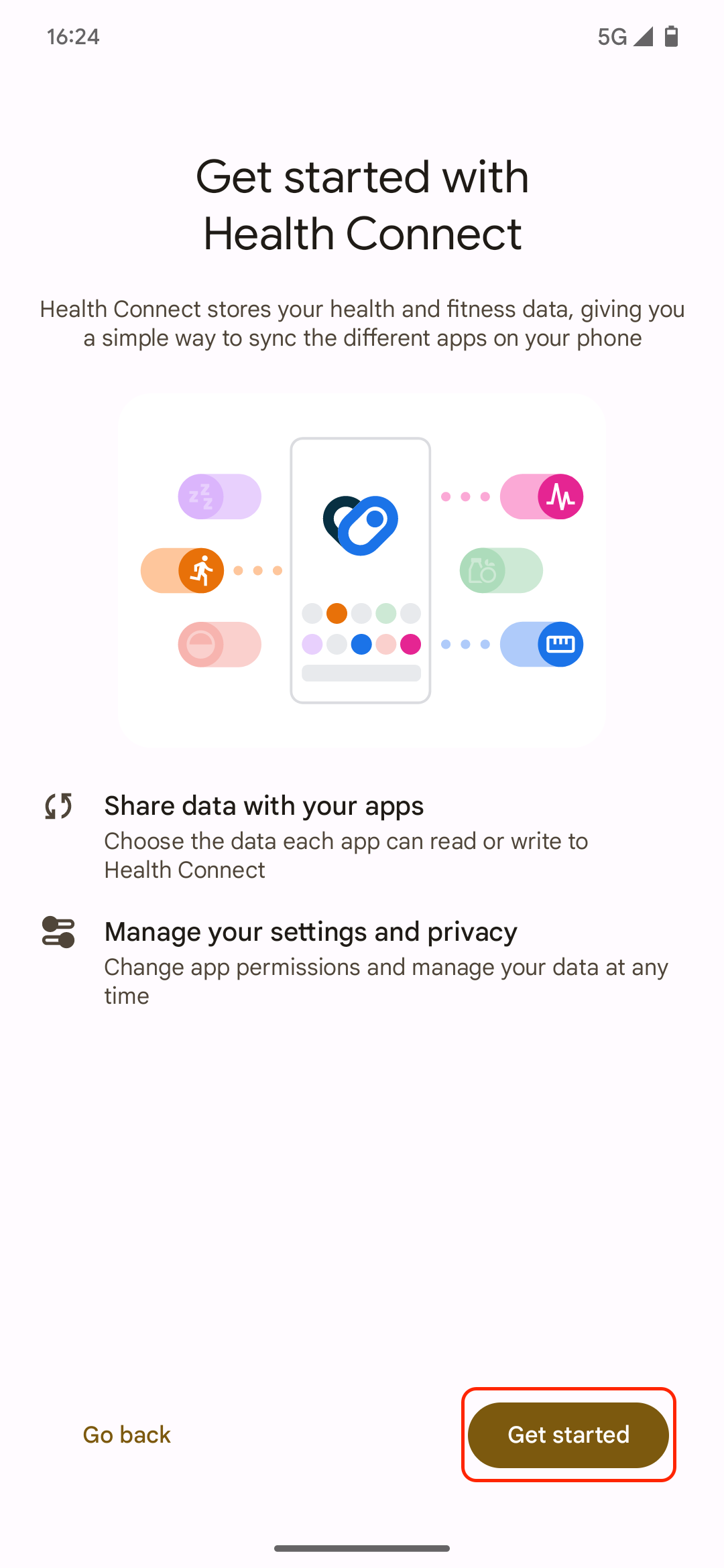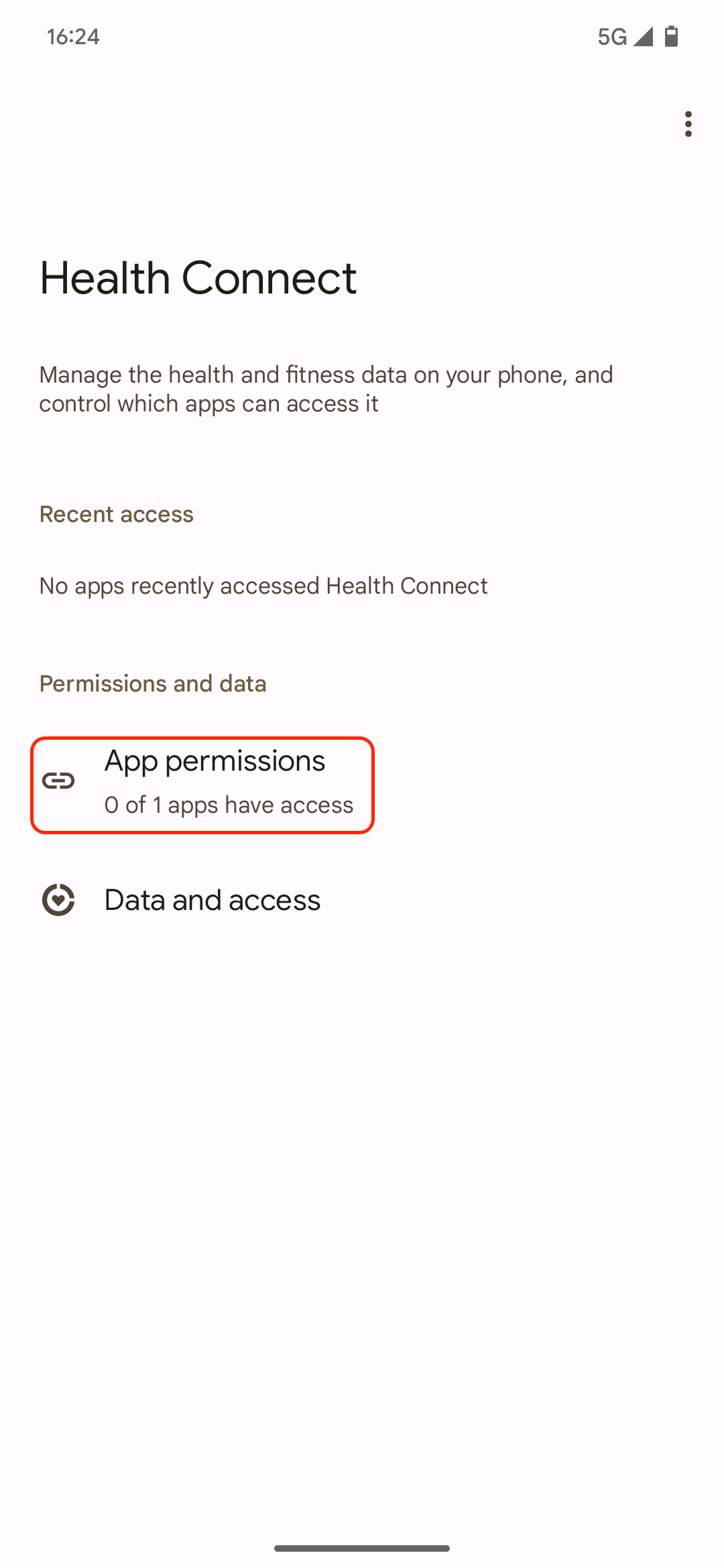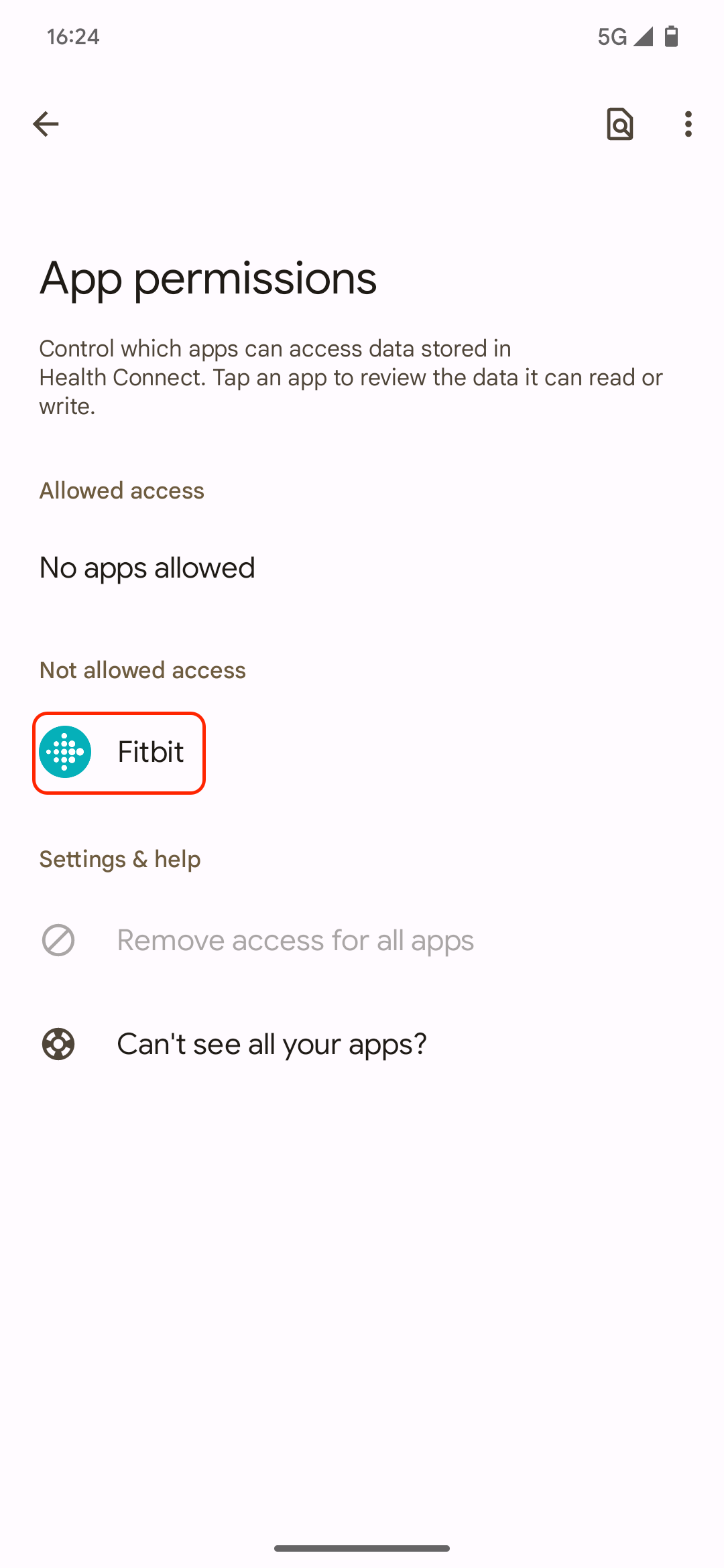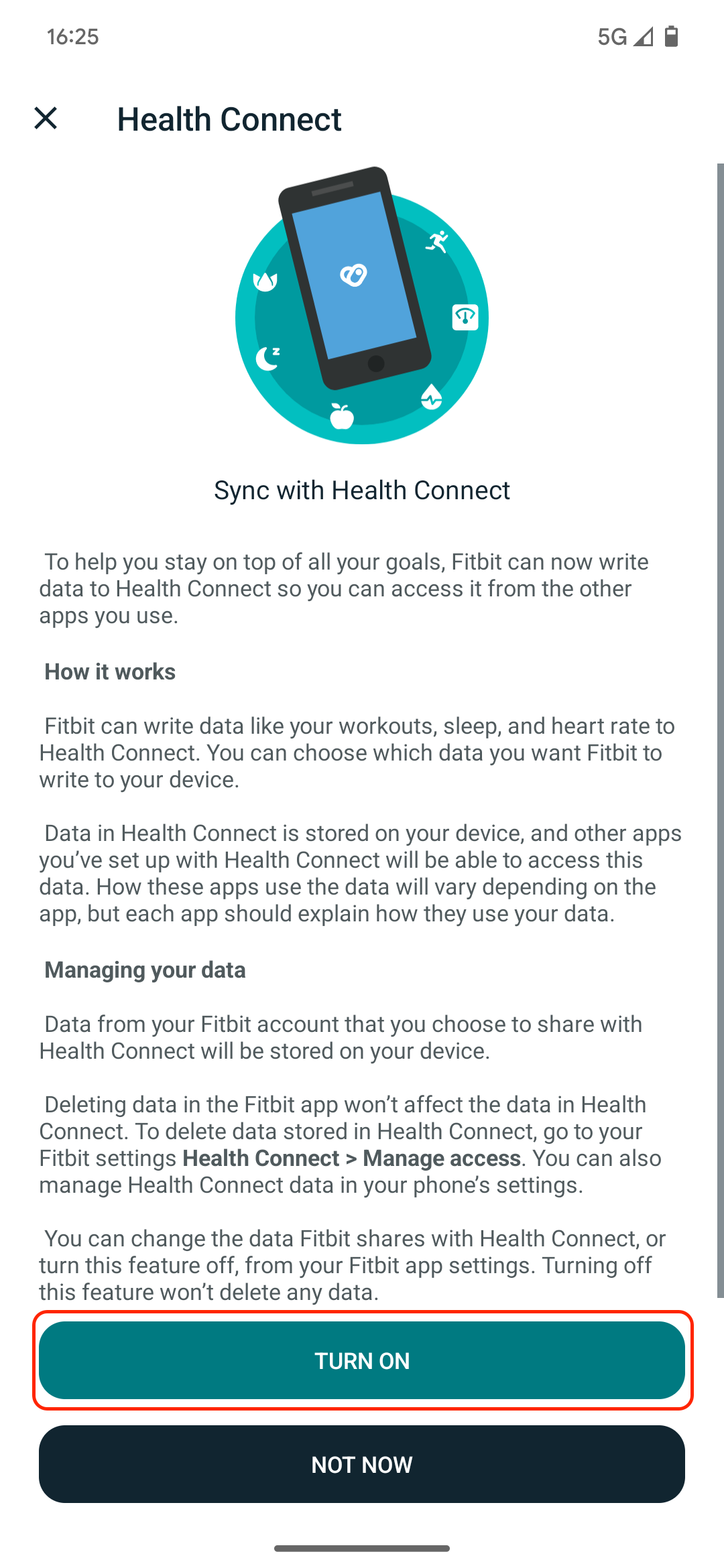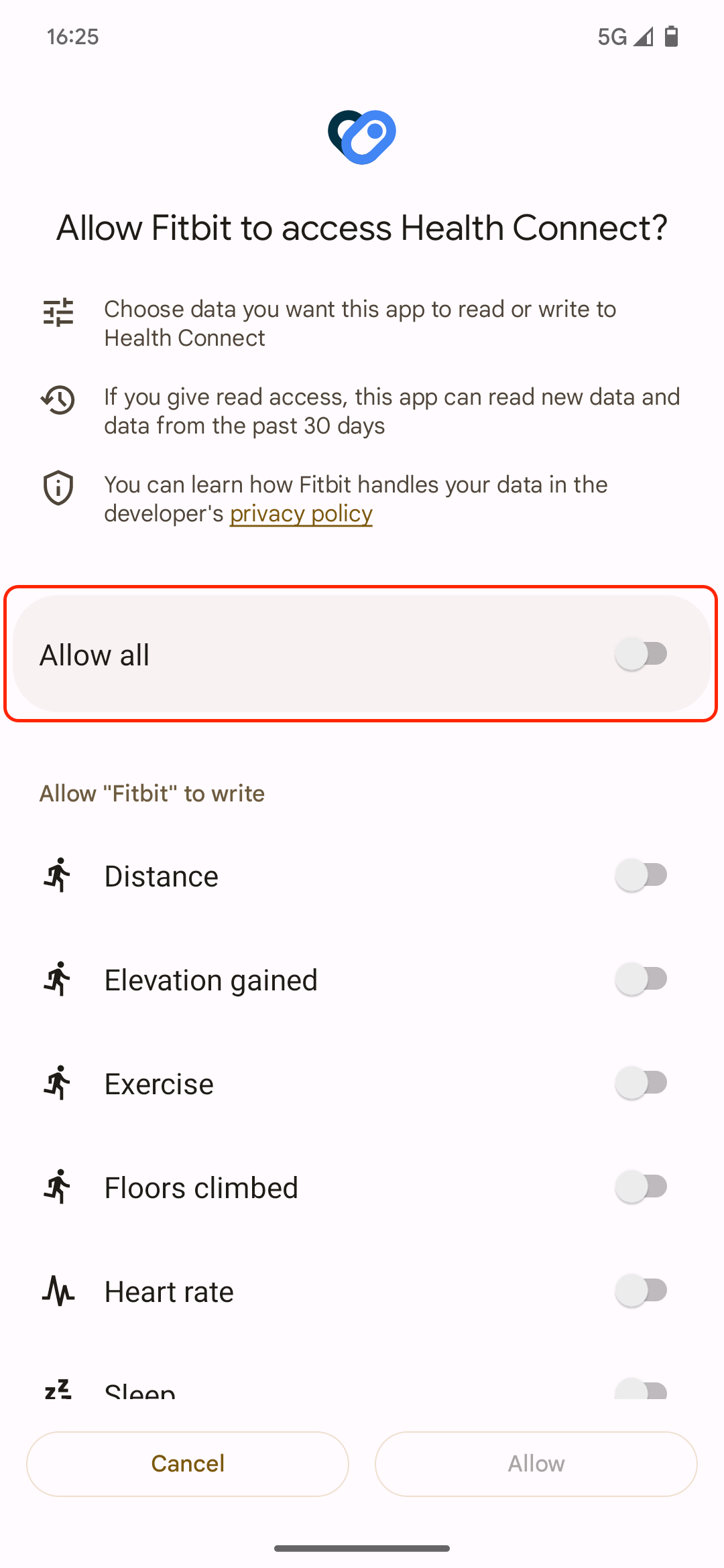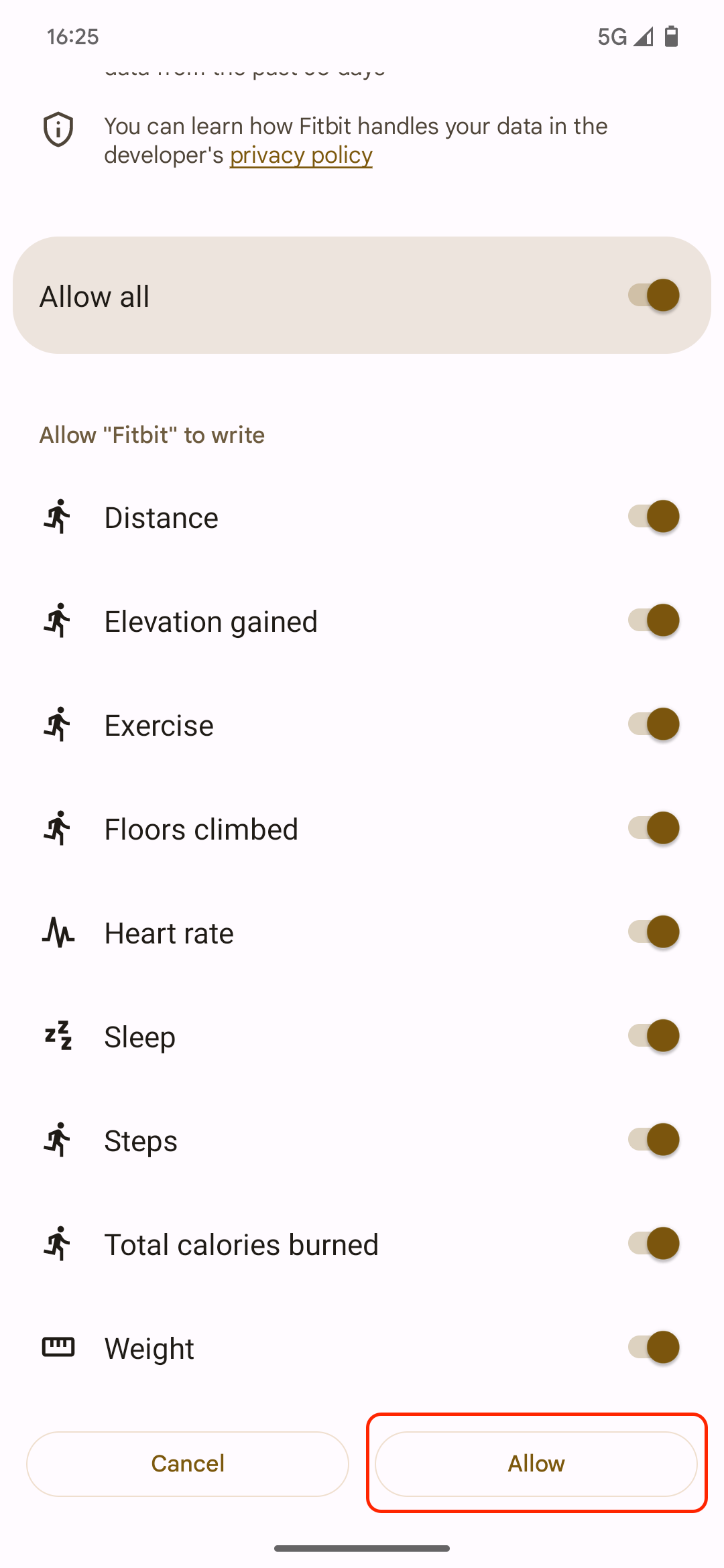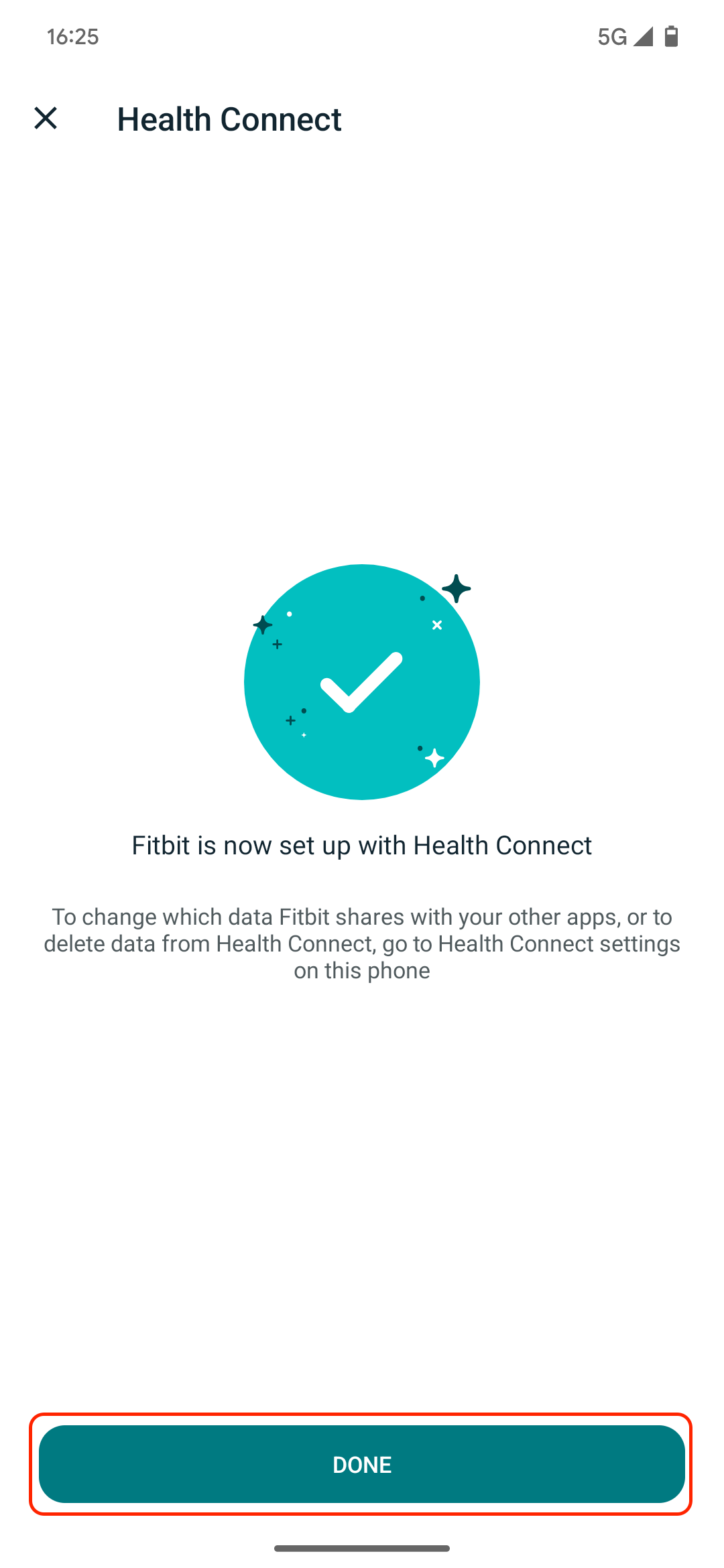Review sản phẩm
Tất cả những gì bạn cần biết về nền tảng sức khỏe thống nhất của Android và cách sử dụng nó
Giới thiệu Everything you need to know about Android’s unified health platform and how to use it
Tất cả những gì bạn cần biết về nền tảng sức khỏe thống nhất của Android và cách sử dụng nó.
#QueenMobile – Nơi đánh giá sản phẩm và mua phụ kiện điện thoại hàng đầu
Ứng dụng Android đã ra mắt nền tảng sức khỏe hợp nhất, đem lại những thông tin quan trọng về sức khỏe một cách tổng hợp. Ứng dụng này mang đến một trải nghiệm mới cho người dùng Android, giúp họ theo dõi và quản lý sức khỏe của mình một cách hiệu quả.
Với nền tảng sức khỏe hợp nhất, người dùng có thể dễ dàng truy cập vào các thông tin đo lường như nhịp tim, mức độ hoạt động, chất lượng giấc ngủ, và nhiều hơn nữa, đồng thời giúp người dùng hiểu rõ hơn về cơ thể của mình và cách để duy trì một lối sống lành mạnh.
Một điều đặc biệt về nền tảng này là tích hợp với các thiết bị phụ trợ, như đồng hồ thông minh, các dụng cụ đo lường sức khỏe, và ứng dụng từ bên thứ ba. Điều này giúp người dùng tận dụng tối đa các dữ liệu về sức khỏe và giúp họ quản lý tốt hơn về sức khỏe.
Để sử dụng nền tảng sức khỏe hợp nhất trên điện thoại Android của bạn, đầu tiên hãy chắc chắn rằng bạn đã cập nhật phiên bản Android mới nhất. Tiếp theo, tải xuống ứng dụng sức khỏe hợp nhất từ cửa hàng ứng dụng Google Play. Mở ứng dụng và kết nối với các thiết bị đo lường sức khỏe của bạn.
Sau khi thiết lập, nền tảng sức khỏe hợp nhất sẽ tổng hợp dữ liệu từ các thiết bị đo lường và ứng dụng khác để cung cấp một cái nhìn tổng quan về sức khỏe của bạn. Bạn có thể xem biểu đồ và biểu đồ thống kê về các chỉ số sức khỏe của mình, đồng thời lên lịch và theo dõi các mục tiêu sức khỏe cá nhân.
Queen Mobile là nơi bạn có thể tìm thấy các phụ kiện điện thoại phù hợp với nhu cầu sử dụng của mình. Với một số lượng lớn các sản phẩm chất lượng, Queen Mobile cam kết mang lại sự hài lòng tối đa cho khách hàng.
#AndroidSứcKhỏe #NềnTảngSứcKhỏeHợpNhất #QueenMobile #PhụKiệnĐiệnThoại #SứcKhỏeCáNhân
QUEEN MOBILE chuyên cung cấp điện thoại Iphone, máy tính bảng Ipad, đồng hồ Smartwatch và các phụ kiện APPLE và các giải pháp điện tử và nhà thông minh. Queen Mobile rất hân hạnh được phục vụ quý khách….
_____________________________________________________
Mua #Điện_thoại #iphone #ipad #macbook #samsung #xiaomi #poco #oppo #snapdragon giá tốt, hãy ghé [𝑸𝑼𝑬𝑬𝑵 𝑴𝑶𝑩𝑰𝑳𝑬] ✿ 149 Hòa Bình, phường Hiệp Tân, quận Tân Phú, TP HCM
✿ 402B, Hai Bà Trưng, P Tân Định, Q 1, HCM
✿ 287 đường 3/2 P 10, Q 10, HCM
Hotline (miễn phí) 19003190
Thu cũ đổi mới
Rẻ hơn hoàn tiền
Góp 0%
Thời gian làm việc: 9h – 21h.
KẾT LUẬN
Nền tảng sức khỏe thống nhất của Android là một công cụ mạnh mẽ cho người mua, giúp họ quản lý sức khỏe và thể dục một cách dễ dàng và thuận tiện. Điều quan trọng nhất mà người mua cần biết về nền tảng này là nó cung cấp một giao diện thân thiện và tương tác dễ dàng, cho phép người dùng theo dõi thông tin sức khỏe của mình như nhịp tim, lượng calo tiêu thụ, cũng như các thông tin về giấc ngủ và mức độ stress. Nền tảng sức khỏe thống nhất cũng hỗ trợ người dùng trong việc thiết lập mục tiêu và theo dõi tiến trình đạt được mục tiêu đó. Bên cạnh đó, người dùng có thể tìm kiếm và tìm hiểu về các ứng dụng và thiết bị sức khỏe tương thích với nền tảng này để tăng cường trải nghiệm của mình. Với nền tảng sức khỏe thống nhất của Android, người mua có thể dễ dàng quản lý sức khỏe và thể dục của mình một cách thông minh và hiệu quả.
The best health and fitness apps come in different forms and shapes, performing better in some functions than others. When you use more than one, keeping your health data in sync can be a hassle, often with no central place to collect it all. Google’s new Health Connect service aims to fix that. It offers a single, streamlined hook that all health apps can use, making it easy for them to share data.
Health Connect will soon be available and come preinstalled on new Android phones. It will offer privacy and safety measures to keep your data secure, whether it’s coming from the best fitness bands or from your phone’s sensors. Here’s everything you need to know about it.
How to get started with Health Connect
If you know what Health Connect is all about or don’t care about more than the basic details, you probably only want to learn how to get it. Right now, you have to install it as an Android app on most devices, and it’s available on the Google Play Store.
Once it’s on your device, you need to set it up with the compatible fitness services you want to use it with. To do that, follow these steps:
- Open the Health Connect app via the Play Store link above or search for “Health Connect” in your system settings.
- If a banner appears that wants to help you “Get started with Health Connect,” tap Get started at the bottom. If not, continue with step 3.
- You’ll see the Health Connect homescreen. Tap App permissions toward the bottom to see your compatible apps.
- On the next screen, you’ll see a list of apps that have access to your data and a list of apps that don’t. From the second list, choose the fitness app that you want to give access.
- Depending on the app you chose, a banner may appear that explains how data sharing with Health Connect works. You may need to tap a button like Turn on or agree to connect the service with Health Connect.
- A page appears asking if you want to “Allow (app) to access Health Connect?” Flip the Allow all toggle and tap Allow at the bottom.
- You’re returned to the App permissions page. The app you granted access will be in the Allowed access list.
- You’re set to sync your health data from the provider you selected. Repeat these steps if you want to add more than one service.
When you have at least one service connected to Health Connect, you can see when services accessed or wrote data to Health Connect in a timeline. You can also tap the Data and access menu at the bottom of the Health Connect homepage to view which of your data is stored in Health Connect. The app isn’t made to get an overview of your statistics. It doesn’t offer graphs or actionable advice. It only shows raw data. After all, it’s meant to sync your health and fitness details, not process them.
How Health Connect works
Health Connect offers a central place for all your fitness and health apps to store and fetch your data. Much like a smart home standard like Matter, it’s meant to simplify interconnectivity. Rather than every app building a custom integration with every other app, they only need to connect to Health Connect to share data with each other. This is achieved by providing a standardized API to which all apps can hook themselves up to.
To accommodate different data sets, Health Connect offers a range of data types that apps can retrieve and store. According to the Android Developers documentation, the six big areas are Activity, Body Measurement, Cycle Tracking, Nutrition, Sleep, and Vitals. Apps can write and read in all these sections, but you’re in control. Before Health Connect does anything, you need to connect apps to it and allow it permission to either read and write all data they request or only some of it.
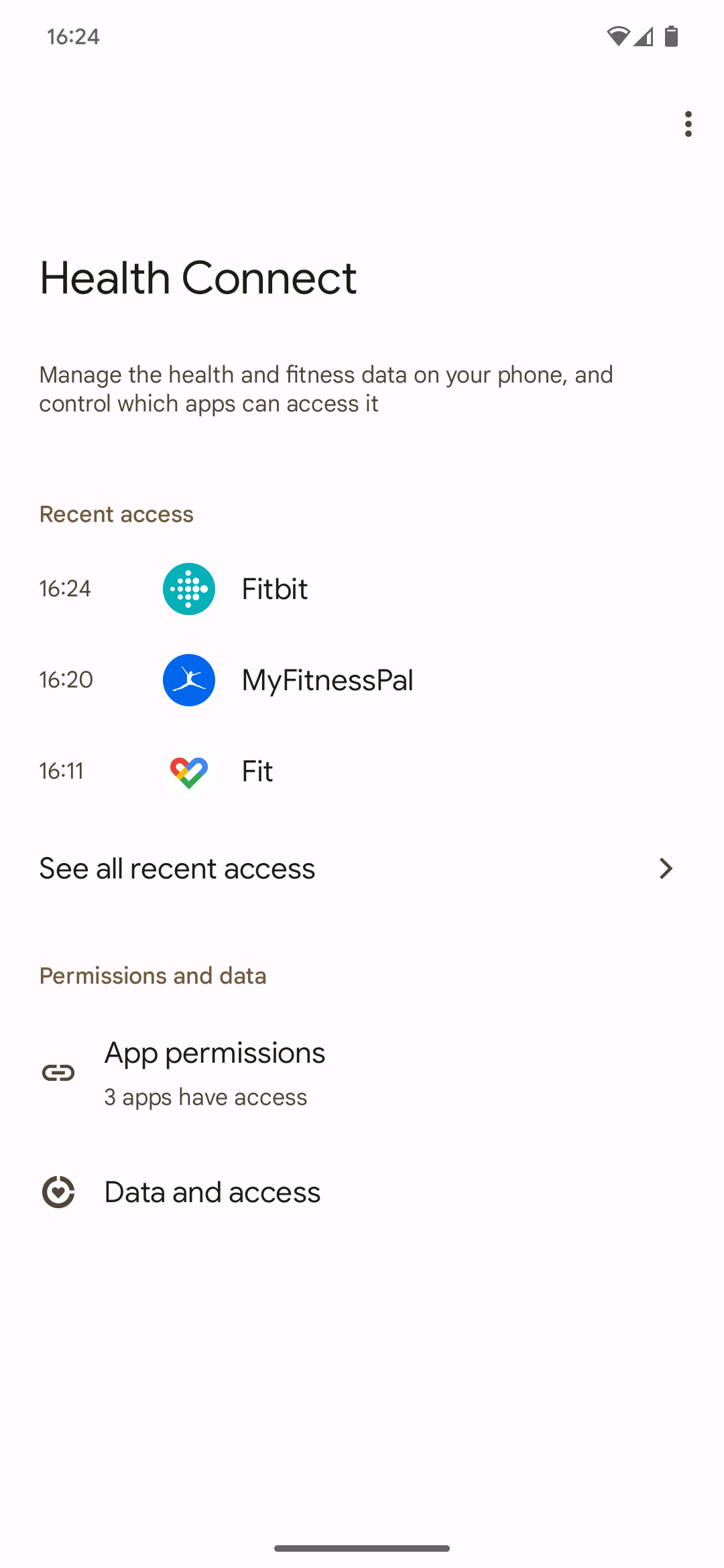
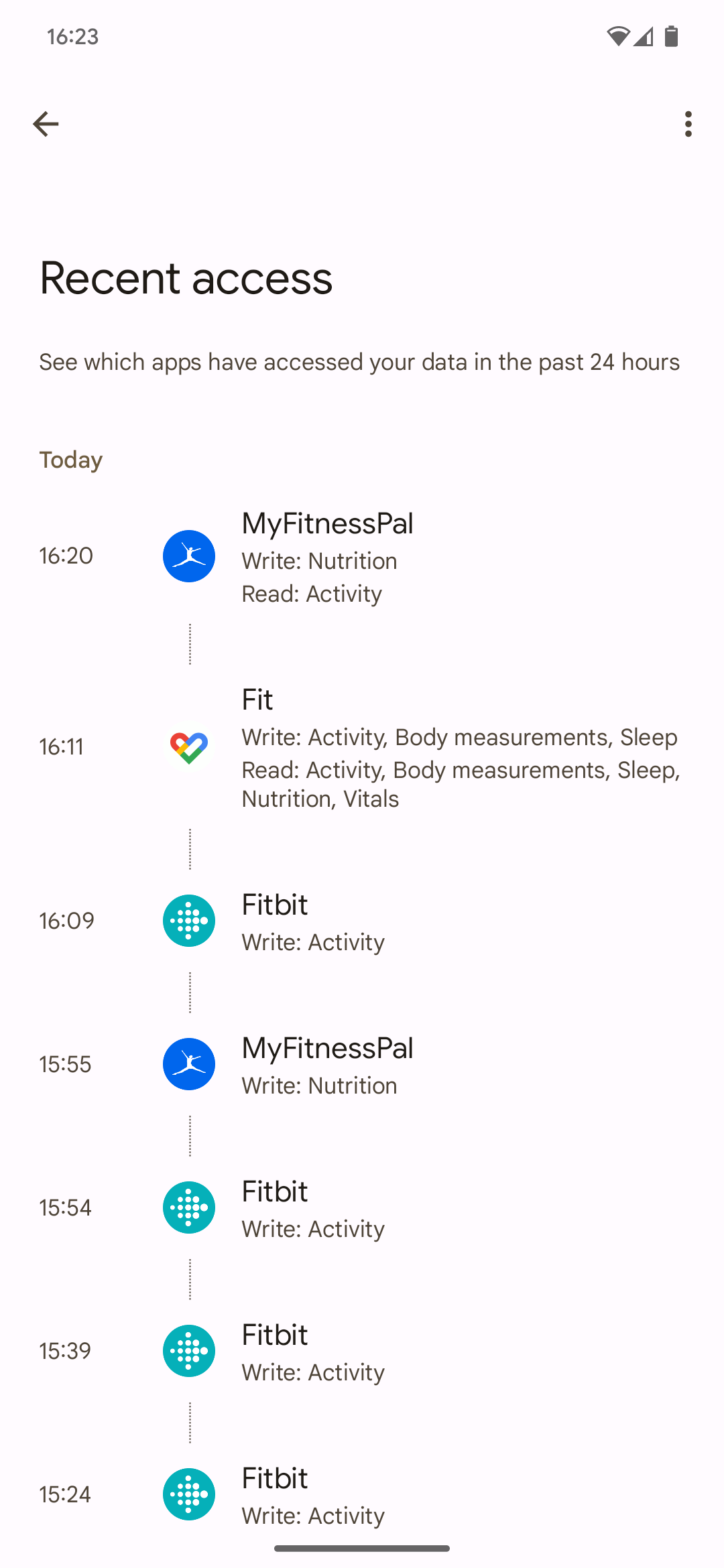
In practice, an app like Fitbit syncs its data to Health Connect at an interval of about 15 minutes, like your latest workout. This allows an app like MyFitnessPal to tap into it to add the calories you burned to your calorie counting diary without connecting Fitbit and MyFitnessPal using its proprietary, online-based mechanism. You can even view exactly when which app retrieves which data sets in the Health Connect timeline.
Health Connect is a preinstalled service on Android 14. If you don’t have this version, your phone needs to run at least Android 9 and have Google Play Services onboard.
How Health Connect keeps your data private and secure
Various safeguards are in place to make sharing and storing your data in Health Connect as secure as possible. In contrast to Google Fit, which also offers a fitness app syncing method, Health Connect is device-based rather than Google account-based. That means that in the syncing process, your data doesn’t leave your device. Only when apps store it on their servers is it moving places. The local-first approach has inherent privacy benefits, as data isn’t stored on another server.
Apps are only allowed to access historical data to an extent. For example, when you connect an app to Health Connect, it only has access to data up to one month old. Health Connect also mostly only provides access to raw data, making it easier for developers to build their own derivations. That way, less data is shared among apps.
Apps also have to adhere to strict privacy standards. Before developers can access the Health Connect API, they must apply with Google and fill out the company’s Developer Declaration Form. This is meant to ensure that no bad actors gain access to health data. It’s also meant to make developers use as little data as possible, with them having to justify why they need access to each specific data type.
Health Connect could be a game-changer for fitness apps
Health Connect isn’t widely available yet, and needing to install it on many phones is a roadblock. But with the service becoming a part of Android 14 and more fitness and health apps adding support for it, it may not be long until you have a central and easy way to manage and store all your fitness data across all the apps you use.
